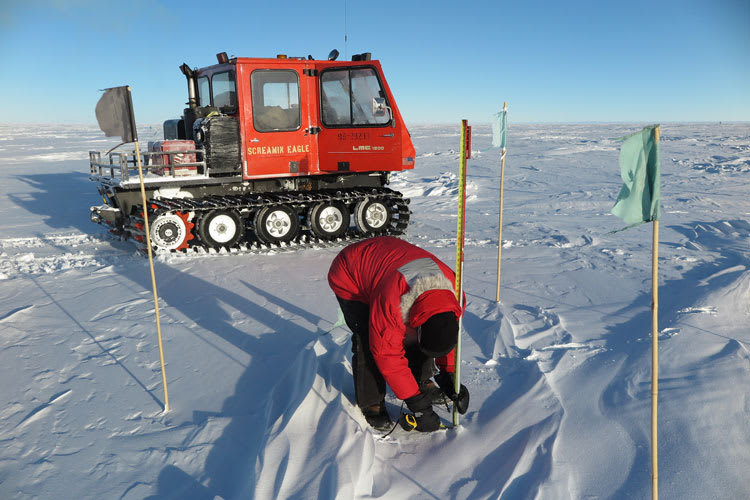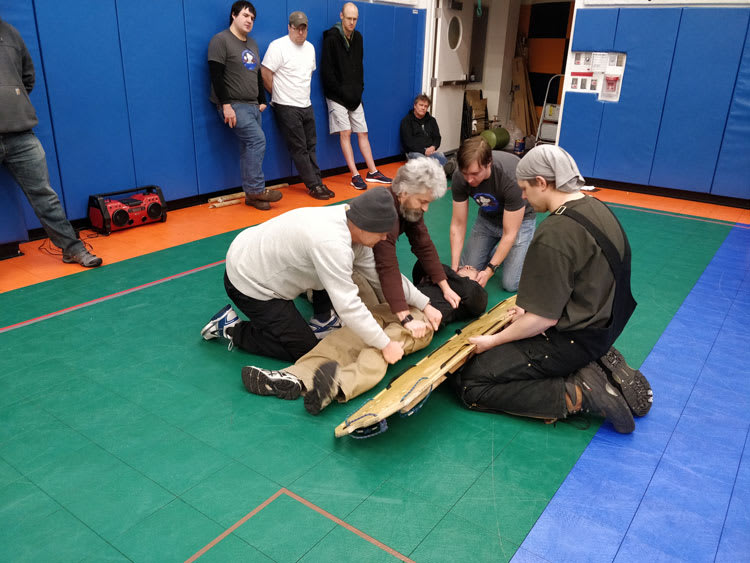Employment in Antarctica
Los Angeles, San Francisco, Chicago, New York City—these are monster cities with amazing work opportunities. So why would anyone choose to work in Antarctica instead of a place like the Big Apple? It is because Antarctica is the perfect place for biologists, glaciologists, geologists, oceanographers, atmospheric physicists, chemists, and meteorologists to conduct their research.
Research teams also require field support from cooks, medics, and other support staff, and people in the arts are often needed as well. Despite the brutal conditions, many people participating in scientific research and station-based activities in this mysterious and pristine environment find it to be a professional dream-come-true.

So, how does one begin looking for a job at the South Pole? The best place to start is to contact your country’s Antarctic program. In the United States, for example, the United States Antarctic Program (USAP) deploys approximately 3,200 people to Antarctica each year to conduct scientific research and to maintain and staff a number of research stations.
In addition to the many scientists needed to conduct research, these stations require support to maintain buildings and machinery, cook food, and serve as medical personnel.
Leidos is the U.S. field support contractor for Antarctica. Applications must be made through their website or one of their partners’ sites. Keep in mind, however, that the application process is extremely competitive. All applications undergo an intensive review—background checks, drug screening, rigorous physical and dental exams, and, if you are to be deployed over the austral winter season, a psychological assessment. See Leidos’s Antarctic Support Contract (ASC) page for current job listings.
People interested in media and the arts also have opportunities to work in Antarctica. The National Science Foundation (NSF) handpicks a very select group of journalists to cover the United States’ three Antarctic research stations. A keen understanding of NSF-funded research in Antarctica is imperative, as is being able to relay the findings of the research to the general public. Applicants must fully explain what their proposed coverage would entail and why that specific area of research interests them. Television, radio, print, and online news journalists are all welcome to apply.

Antarctica also has its own paper, the Antarctic Sun. Writers and photographers cover projects and stories all over the continent.
Non-journalist writers and artists can become part of a project as well. The NSF’s Antarctic Artists and Writers Program places skilled, accomplished artists and liberal arts scholars (historians, writers, painters, photographers, etc.) in full-time positions in Antarctica. The program’s purpose is to increase national awareness and understanding of the importance of Antarctic scientific research. To learn more about current and previous projects, please visit the program’s website.
Working with strangers in a barren, harsh environment while separated from family, spouse, and friends for an extended period of time is a grueling experience for anyone. A person’s ability to live under such circumstances is crucial—perhaps as crucial as the person’s professional background—to help create and maintain a thriving, comfortable workstation community. Preparing to work in Antarctica, especially at the South Pole, is strenuous on both the mind and body. It is a huge undertaking, but for those up to the challenge, it boasts gigantic rewards.
More Information:
- National Science Foundation
- United States Antarctic Program
- Field support inquiries and applications
- NSF’s Antarctic Artists and Writers Program
Congress established the National Science Foundation (NSF) in 1950. NSF is an independent federal agency responsible for roughly 25 percent of funding for federally supported research at various American colleges and universities.
